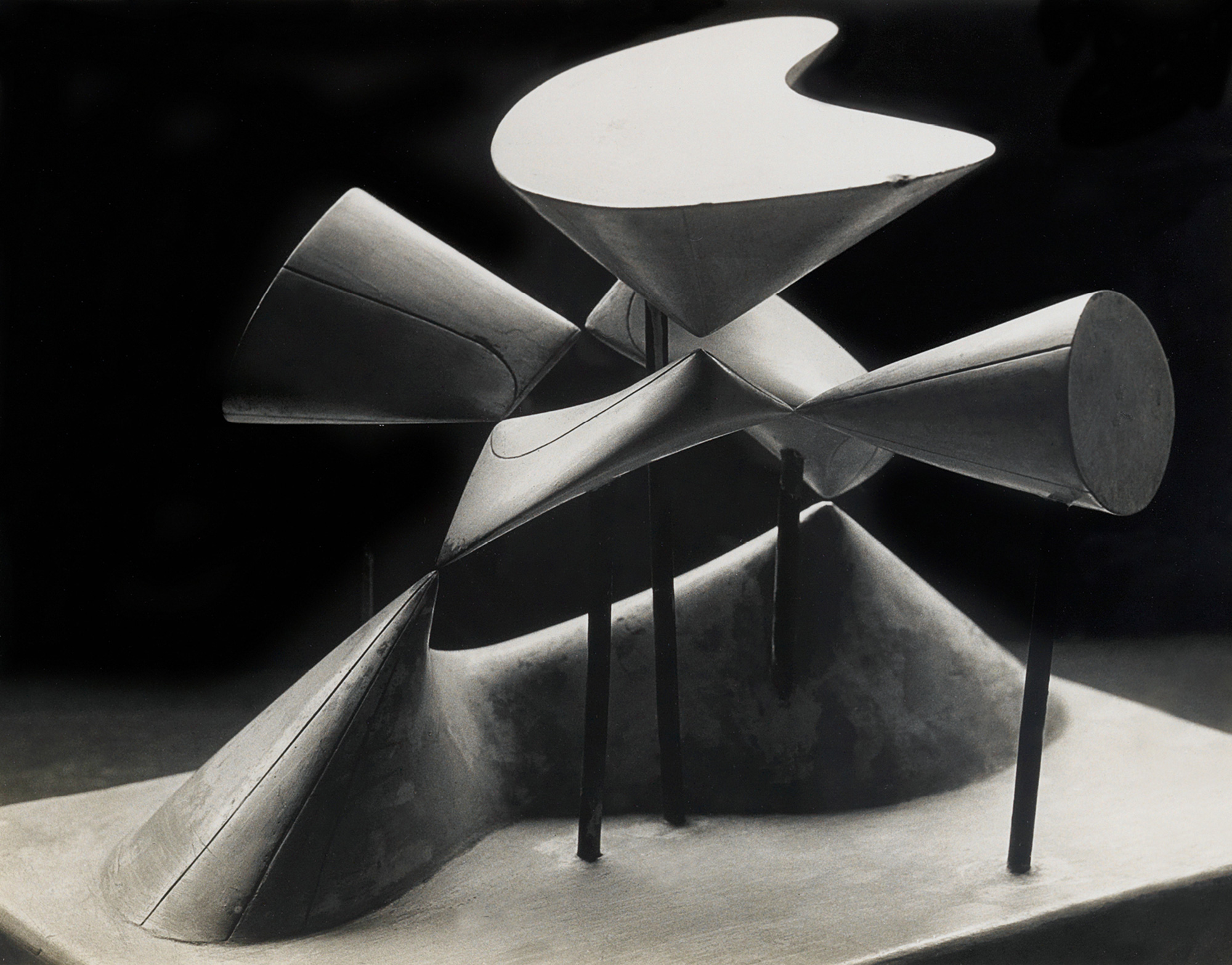Mathematical Objects
The shapes behind the numbers
Philip Ording

There was a moment in the history of mathematics when the construction of physical representations of mathematical concepts was an integral part of research. In the period from 1870 to 1930, most of the leading mathematical institutions in Europe and North America collected numerous mathematical models made from a variety of materials including plaster, metal, paper, wood, and string. Germany was the primary source of mathematical models; at the Munich Technical College, Felix Klein and Alexander Brill established a laboratory for the design, production, and pedagogical application of models. Their doctoral students made models in connection with their dissertations, and the third annual meeting of the German Mathematicians’ Association, held in 1893, included an extensive exhibition of mathematical models. Ludwig Brill, Alexander’s brother, had a bookshop in Darmstadt, and he began to sell the models in series with an accompanying mathematical guide. Mathematical models were also produced elsewhere in Europe—probably first in France at the École Polytechnique—but the German publishers were the source of most of the models to be found in mathematical institutes around the world. As the official representative of the Prussian Government to the World Columbian Exposition of 1893, Klein—best known today less for these models than for the Klein Bottle, a closed surface with no inside or outside—brought a large selection of the mathematical models in production for the exhibits in Chicago. In 1899, Martin Schilling took over publication of the models from Brill, and his 1911 catalogue advertised over four hundred models for sale. What do these objects reveal about how mathematicians see mathematics?
“It seems difficult to develop a correct imagination of this second version of Boy’s surface without having a model at hand,”[1] Gerd Fischer writes in the commentary accompanying his comprehensive photographic volume of mathematical models. The mathematical object in question is a particular conformation of the topological surface obtained by joining the edge of a Möbius band to a disk, but he could be speaking about nearly any model from the period. The mathematical study of surfaces and curves occupied a significant portion of mathematical research during this model-making epoch, and many of the fine plaster models, such as the Kummer surface, depict interactions between two-dimensional spaces arising from algebraic equations (the conic sections are a one-dimensional example of the same idea). The graphs of functions of complex variables also inspired several plaster models. Stringed constructions form a large portion of the models in university collections, though few of these delicate objects remain intact. In these models, each array of colored string traces out a spanning surface, known as a “ruled surface,” which held important connections to the mathematics underlying both perspective painting and the topological surface described above.